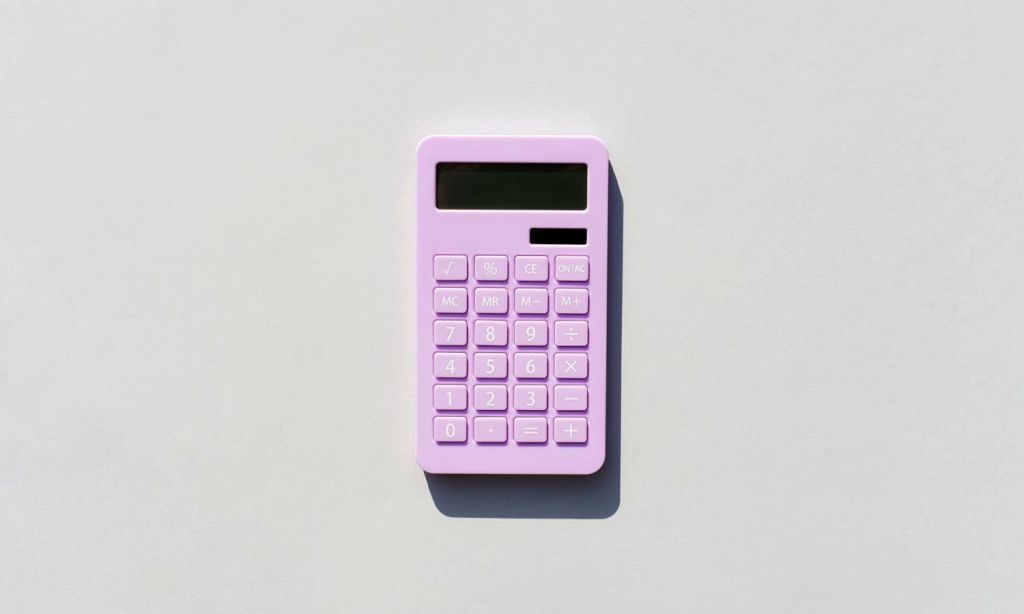Debt. Even reading that word can make some of our stomachs turn, as we’re reminded of our own and the time it’ll take to pay it off. If that’s the case for you, know that you’re in good company.
“We can often carry a lot of guilt, shame or anxiety around debts, which can leave us feeling helpless to change,” says Natasha Janssens, a finance expert and founder of Women With Cents.
“The starting point is learning to forgive yourself and letting go of past mistakes, so that you can change your story from ‘I will never have money’ to ‘I have learned from past experiences and am learning to make wiser financial decisions.”
Aside from eliminating that sense of dread, what else does becoming debt-free offer? Janssens says it can be an exciting and empowering time.
Related: 6 Money-Saving Hacks That Won’t Ruin Your Social (or General) Life
Related: Lifestyle Creep Could Be Killing Your Savings, So How Can You Avoid It?
“It can feel like you have become unleashed, and are finally in a position to save and grow your wealth,” she says. “It can also be much easier now because you have been used to going without that amount in your bank account — the money used for the loan repayment — and you can now put that towards your next goal without having to make further sacrifices.”
So, what are some practical steps you can take to become debt-free? Janssens suggests three below.
Use (Some of) Your Savings to Pay It Off
If you don’t have any savings, it’s time to think outside the box for quick ways to build it up, says Janssens. Ideas she suggests include selling off items you no longer use, signing up your car for rideshare and doing extra shifts at work.
“We are fortunate to live in the age of the gig economy, so once you put your mind to it, rest assured there are plenty of opportunities around to help you get some extra cash,” says Janssens.
If you do have spare savings you can use to pay off your debt, do so — and fast.
“You do however want to be mindful that you don’t put yourself in a situation where you are getting back into debt again because of an unexpected bill or life event,” she says. “For this reason, it’s worth setting aside an amount for emergency savings — that could be anywhere from $2,000 to a month’s worth of living expenses, it depends on your circumstances.”
Janssens suggests keeping your decided amount — ideally, she says, a minimum of $2,000, which can cover any unexpected bills — on hand, and then using the rest of your savings to pay off your debt. Another tip? Reduce your credit limit as you go, to avoid temptation.
Decide on a Repayment Strategy
Note that getting out of debt doesn’t usually happen overnight — it can take a bit of time. Because of that, Janssens suggesting putting a plan for how you’ll go about repaying it in place. “Having a strategy in mind for how you will go about repaying debts will keep you motivated and help you track your progress along the way,” she says.
One popular method Janssens suggests is the snowball method, which sees you focusing on paying off the debt with the smallest balance first before directing repayments onto the next debt.
“Other people prefer to focus on the debt with the highest interest rate instead,” Janssens says. “Depending on your credit score and borrowing capacity, you can also consolidate your debts into a personal loan – this way you have one payment to make and you know exactly when you will be debt-free.”
Another option Janssens suggests is to use balance transfer cards. This means you are paying a lower interest rate or no interest on the debt you transfer onto another card.
“There are few things to keep in mind with balance transfers, however,” says Janssens. “You cannot use this for personal loans — only credit card debt. And while there may not be an interest rate charged, different fees can be applied, like a transfer fee. You also want to make sure you close your other credit cards as part of the transfer process — otherwise you can easily double your debt.”
Put Incoming Funds Away Immediately
Finally, to pay off debts faster, you’ll want to be strategic with incoming funds. “We are wired to spend what we see,” says Janssens.
“The easiest way to avoid temptation is to pay yourself first,” she explains. “This means setting your savings aside automatically each time you get paid. Decide on how much you want to save each pay and automatically transfer that money into another account, so you aren’t tempted to spend it.”
Don’t fall into the trap of trying to save whatever’s left at the end of the pay cycle — it never works, Janssens says. You can automate paying yourself first or even ask your employer to split your pay into separate accounts. Not seeing the money there will make it less likely for you to spend it.
Remember, there is no best way to budget. Make it as simple as possible and stick with a system that works for you, Janssens says.
“I am a big fan of bill smoothing, which means paying all my bills by direct debit with each pay,” she says. “This way, my bills are automated, my savings are automated, and I now easily know how much money is left to spend on everything else. No complex spreadsheets required.”
Read more stories from The Latch and subscribe to our email newsletter.







